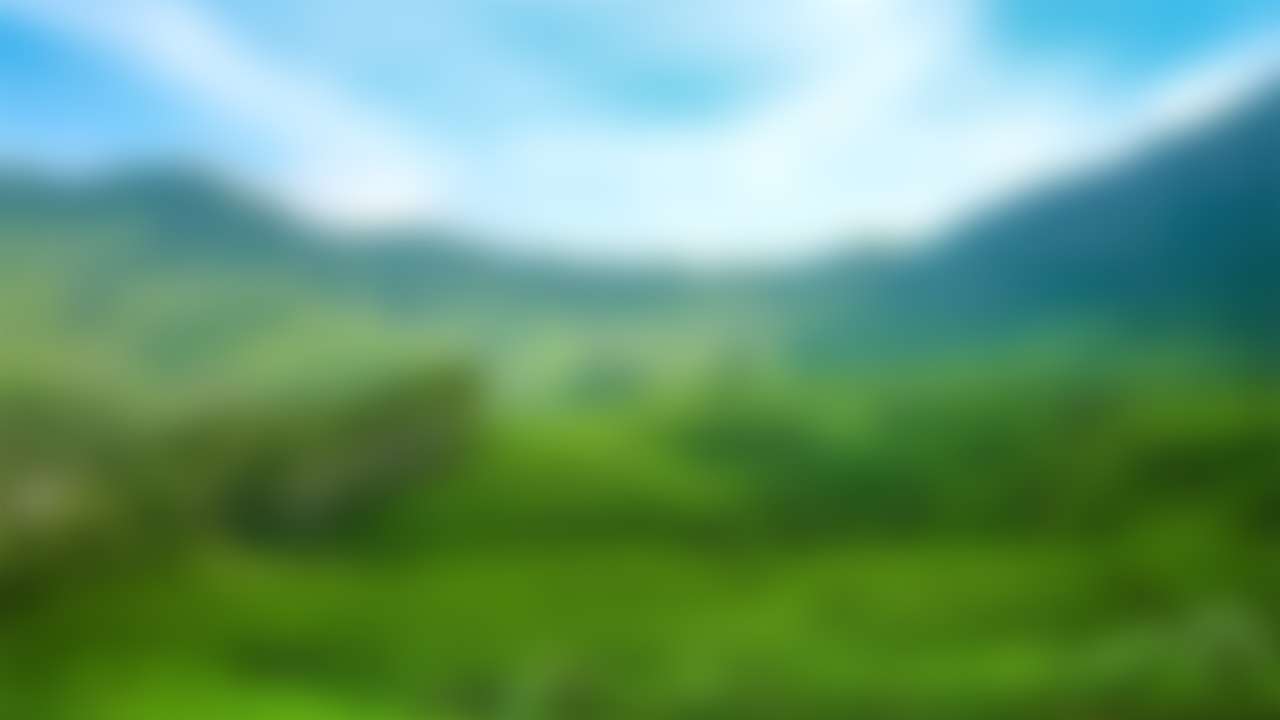
Sorry, we couldn't find anything that matches your search.
Destination

Famous Places to Explore in Hyderabad
A vibrant city with the imposing...

Raipur Tourist Places | Best Place to Visit
The stronghold of several erstwhile...

Ahmedabad
Declared as India's first UNESCO World...
#
Smoking pipes
Smoking pipes are made by the riang tribe of Tripura and are generally used to smoke tobacco. In a typical pipe, a clay bowl is connected by a short bamboo tube to a bamboo water container. The container has a fairly large diameter and the length includes two internodes. The central nodal diaphragm is knocked out, while the lower node is retained to become the water container. The short bamboo tube, made from a small diameter bamboo, penetrates into the container to end below the water level. The other end receives the clay bowl in which the tobacco is burnt.

Fish trap and fishing basket
Fish traps and fish baskets are crafts esteemed amongst the tribes of the state. Sudha is basically a net that is a rectangular bamboo mat woven in an open-twill weave. It is suspended from crossed splints and held in both hands so that the front of the net is inclined towards the body and against the flow of water. Fish that swim into the net are scooped up out of the water and stored in a basket. These baskets come in various shapes and sizes and may be of a conical or cylindrical type.

Cane and bamboo handicrafts
Cane and bamboo handicrafts contribute largely to the economy of Tripura. Different items like chairs, tables, mats, hats, bags, hand fans, containers etc., made using cane and bamboo are highly durable and exported to different countries, where they are in great demand. Cane and bamboo are also used to make interior decoration products like plaques, panelling, ceilings, pot containers etc.

Handlooms
Handloom is the single largest and perhaps the oldest industry in the state of Tripura. The tribes of Tripura weave and design clothes for themselves that come in amusing colour combinations and patterns. Riha and Risa are two cloth materials that one must not forget to check out when in Tripura. Various emporiums and street side shops showcasing the authentic handloom of the state is every shopper’s delight.

Baskets
Basketry is an important occupation of the tribes of Tripura. One will easily find different varieties of baskets like jamatia firewood basket, riang carrying basket, tukri, karawala tukri, laii, sempa khari, date basket, turi and grain storage basket here. Traditionally, bamboo was used to make baskets like open-weave carrying baskets, closed-weave carrying baskets etc.

Rain shields and headgear
Tripura is the land of skilled artisans and craftsmen, who make pathla, an intricately designed circular-shaped rain shield, with great finesse. Its top cone has a base of 230 mm and a height of 110 mm. The circular shade is angled slightly downwards and mostly has a diameter of 550 mm. It resembles a pentagon made of five elements, each of which has three strips of bamboo encircling the apex of the cone. The subsequent hexagons on the cone are also made with three strips of each element. Five wide interlocking strips of bamboo strengthen the apex of the cone. These strips are held in place by introducing them into the weave on the cone.The locals excel in crafting headgear, which is made of brass and coloured cane and embellished with porcupine quills, feathers of parrots and red wool. This headgear is used specifically during folk dance performances.

Native Furniture
Agartala produces an abundance of bamboo, cane and timber, which are used to make prolific furniture. Bamboo sofa, elegantly crafted wooden almirahs, centre tables, dining tables, diwan-cum-beds, foam diwans and dining tables are made and exported from Agartala in large numbers. The most popular among these is the Tripura mudah, which is a low stool made of bamboo and split cane. While the former is used in the body and rim structure, the latter binds all the elements and is incorporated in the seat weave. The sturdiness and the strength of the mudah lies in its elaborate binding.







